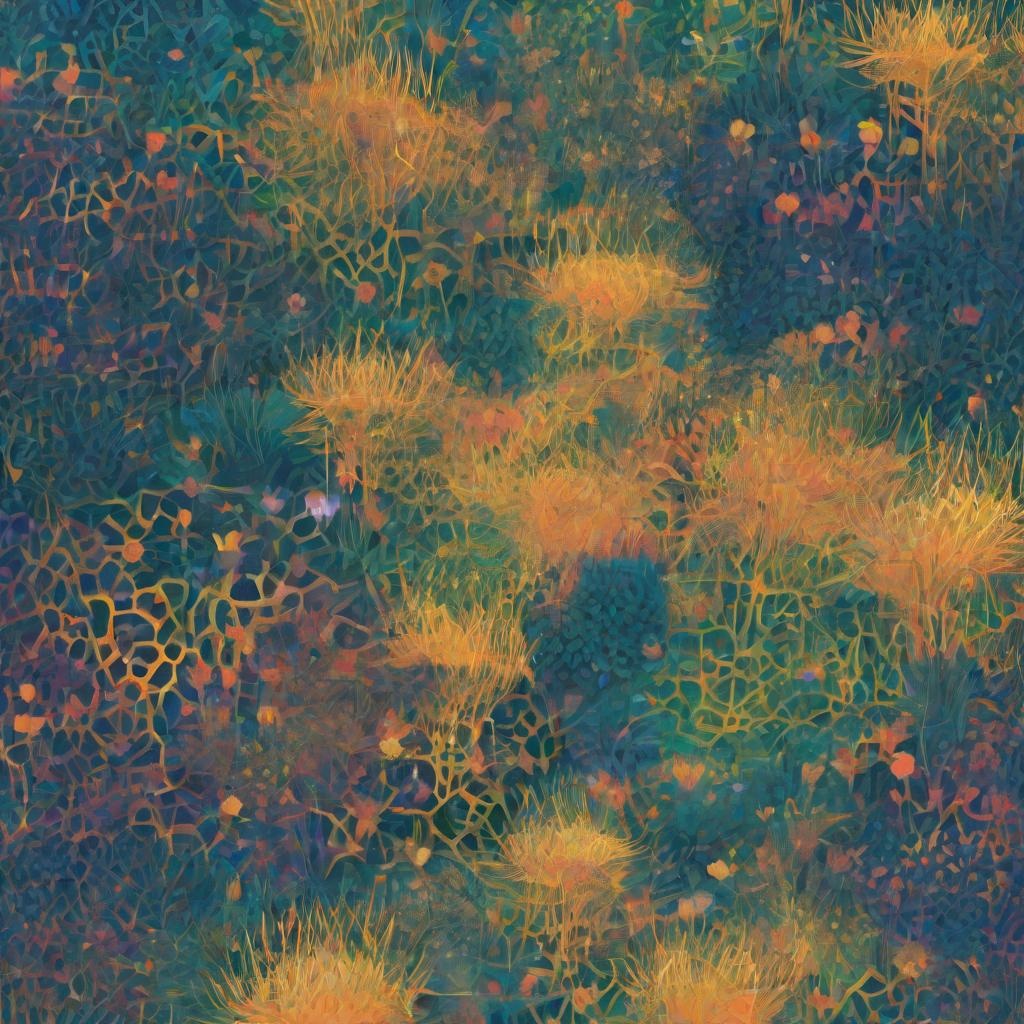What is LoRA in AI Generation?

LoRA, or Low-Rank Adaptation, is a revolutionary technique in the field of artificial intelligence and machine learning. This method allows for efficient and effective fine-tuning of pre-trained models, particularly in the context of AI-generated content and images.
Understanding LoRA
LoRA works by introducing trainable low-rank matrices into the layers of a neural network. This enables the model to adapt to new tasks with minimal changes to its original parameters. The benefits of this method include:
- Reduced computational cost: As LoRA focuses on low-rank adaptations, the amount of data processed and calculated is significantly less.
- Faster training times: Fine-tuning models with LoRA can lead to quicker convergence, allowing for rapid deployment in practical applications.
- Maintenance of performance: By utilizing low-rank adaptations, the core knowledge of the pre-trained model is preserved while still optimizing for new tasks.
Applications of LoRA in AI
LoRA is particularly useful in various domains of AI generation:
1. Image Generation
Through LoRA, artists and designers can quickly adapt existing models to generate new artistic styles or variations without starting from scratch.
2. Text Generation
For natural language processing, LoRA aids in customizing language models to specific domains, such as legal or medical texts, enhancing their contextual understanding.
3. Gaming and Simulation
LoRA can be used to create NPCs (non-playable characters) that adapt their behavior based on player interactions, resulting in a more immersive experience.
Future of LoRA
As of 2025, the use of LoRA is expected to expand rapidly. Researchers are exploring its potential in:
- Cross-domain adaptability, allowing models trained in one area to be effectively adapted to another.
- Real-time customization in applications like chatbots, enabling unique responses based on user data.
- Simplifying the deployment of AI solutions across different hardware setups.
"The introduction of LoRA is transforming how we view the fine-tuning process in AI, paving the way for more accessible and adaptable AI solutions." - Leading AI Researcher
Conclusion
LoRA is a game-changer in the field of AI generation. Its ability to adapt large pre-trained models efficiently while maintaining their performance opens new avenues for creativity and functionality across various applications. As we move forward, understanding and leveraging LoRA will be essential for developers and researchers alike.